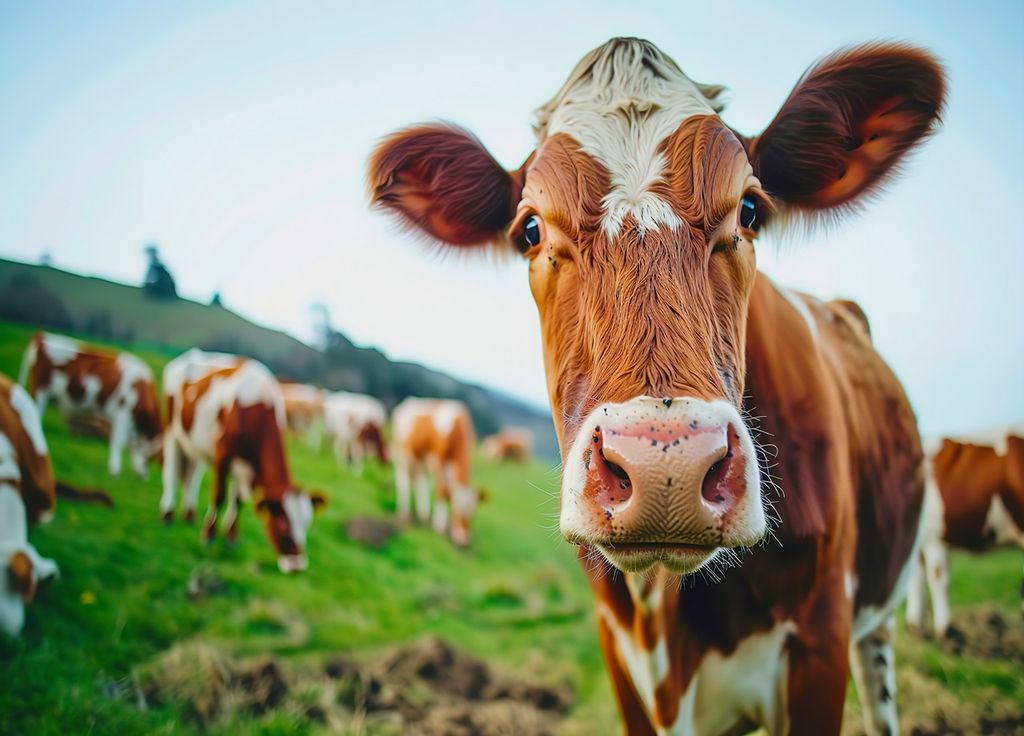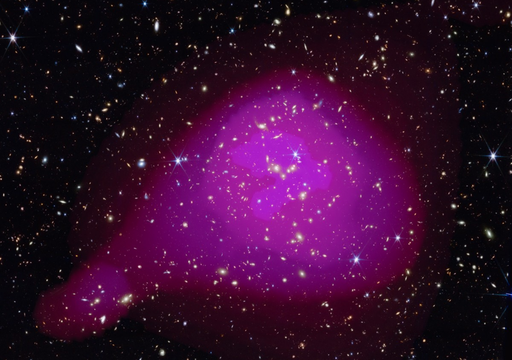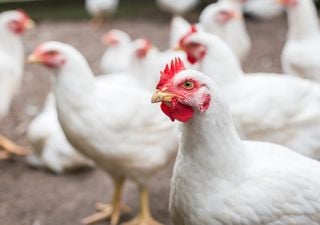How does cow pat help you move forward? The answer will surprise you!
Cow pat could well become the basis of a new biofuel in the future, in any case this is the project of 6 large Japanese companies.

Six Japanese companies have announced that they are conducting a study to develop new green energy based on cow pat to power its freight ships, which could significantly reduce the country's greenhouse gas emissions.
A fuel created from cow dung?
Biomethane is a version of biogas resulting from the fermentation of organic waste, purified of its CO2 and other polluting compounds such as hydrogen sulphide. This gas is capable of powering engines, boilers or others and is considered the renewable and non-fossil version of natural gas.
The biogas used to produce biomethane has several types of origins, urban waste (household waste, green waste, etc.), industrial waste rich in organic matter and agricultural waste such as slurry, manure or waste. plants.
Based on this principle, a consortium of Japanese companies was recently created to work on the feasibility of freight boat engines powered by green biomethane, derived from agricultural waste. In other words, these manufacturers want to research the possibility of using cow pat to power their ships.
A consortium of Japanese companies, led by Mitsui OSK Lines (MOL) & Takanashi Milk Products, is testing biomethane, derived from Cowdung, as a potential clean fuel for ships. Study aims to evaluate using this #RenewableEnergy to help Japan achieve its 2050 net-Zero Emissions goal pic.twitter.com/jfqhTIZFyZ
— Murali Thirumalai (Modi Ka Parivar) (@mayamadhava) August 24, 2024
It is in particular the maritime transport company Mitsui OSK Lines (MOL) which is at the origin of this innovative project which could allow Japan but also many countries to make major progress towards achieving the objective of net zero emissions. by 2050. The idea is therefore to use dairy cow excrement from Takanashi Milk Products, also a member of the working group, to transform it into biofuel.
A potentially very beneficial fuel for industry
According to MOL, this much more environmentally friendly fuel from cow dung could be slowly added to existing infrastructure, allowing a smoother transition to the use of this new green energy. In addition to helping the maritime sector, this technique, if successful, will help Japan reduce its waste, or at least better recycle it. Ultimately, all the organic waste from the Japanese population could end up supplying the need for biogas for maritime companies.
The use of natural gases is becoming increasingly popular with many companies around the world. In recent years, liquefied natural gas has won the approval of companies looking for less polluting and therefore more environmentally friendly energy sources.
This liquefied natural gas is a hydrocarbon produced, as its name indicates, by liquefaction, via cooling to -160°C, of natural gas drawn from the soil, which makes it possible to reduce its volume in order to transport it more easily to on board ships. This makes it possible to reduce CO2 emissions by 25 to 40% in the sectors using it.
Biomethane therefore seems to be the logical continuation of this first step towards greener energy, and Japan is far from being the only country to be interested in it. In France, for example, the company CMA CGM had already launched a biomethane energy offer for its ships in 2021. This year, the companies Titan Clean Fuels and STX Group also achieved the feat of delivering 2,200 tonnes of liquefied biomethane. to a ship in the port of Rotterdam, which clearly shows the growing interest in this rapidly developing energy.








